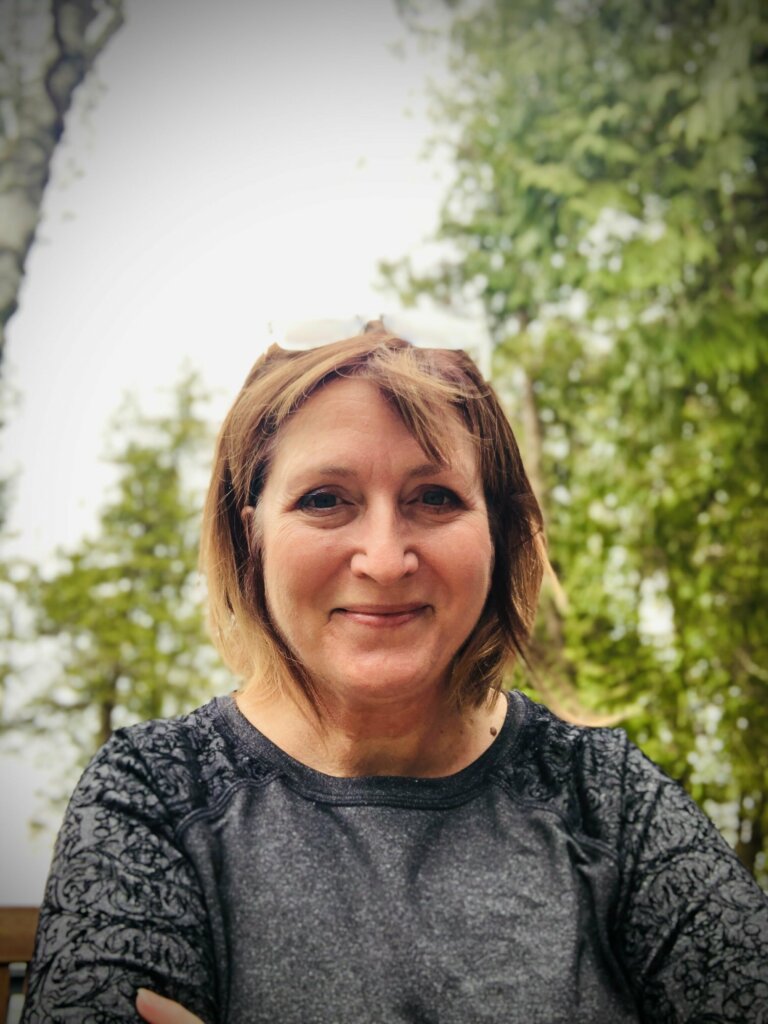”I alone cannot change the world, but I can cast a stone across the waters to create many ripples.”
— Mother Teresa
Given the gracious opportunity to put words to a page regarding my first year as board chair, I find myself asking “What does conservation advocacy mean to most people?” I am curious about the split between keeping things the same or pressing for change. What do you think it is? 50/50? I clearly see both sides playing out in our conservation work.
We are here to conserve and preserve the natural lands, working farms, forests, wildlife corridors, riparian buffers, and clean water. To safeguard the environment, sometimes we need to work hard to keep things the same, and sometimes we need to prepare for and embrace transformation, provided the focus is always on promoting the Conservancy’s mission.
Advocating for “same.” The goal of land conservation is generally to preserve the land in its natural state as much as possible, making sure that it stays healthy and can support life well into the future.
Advocating for “change.” This often involves preventing certain types of development, but also can include climate change mitigation tactics, land and habitat restoration, or the conversion of developments back into more natural habitats.
There are certainly numerous dynamic economic and environmental shifts that require us to be flexible and adaptive. Three years of pandemic tested us in ways that no one could have predicted. However, fueled by your generous donations and executed by the amazingly talented Conservancy team, 600 protected acres were added to the books in 2022, and some very ambitious fundraising goals were met and even exceeded. This is a stunning effort and sets us up well for the future.
2022 was a year of transformation and development for the Conservancy staff and leaders. The Board witnessed a virtual metamorphosis as they tackled sensitive topics. They impressed upon us the importance of continuing to honor and learn about the Anishinaabeg, Grand Traverse Band Ottawa and Chippewa Indians’ historical significance and generous continued care of the land. Together we explored the topics of diversity, equity, and inclusion (“DEI”), not only to ensure that the Leelanau Conservancy continues to be a great place to work, but with an eye towards accessibility of preserved public lands. I am so proud to work alongside these smart, caring, supportive, good humans. They truly walk in the path of their passion, and success follows.
As board chair, my role will be one of facilitator, keeping board meetings on track and following the organization’s bylaws, while monitoring the performance of the board to make sure we are always adding value. It is hard work and the expectations for board members are high even though we are all volunteers. Board members are expected to exemplify servant leadership, practice effective governance, and participate in committee discussions and activities that play to our strengths in order to help the Conservancy team achieve stated goals. We have a very strong slate of directors, and I could not be more excited to serve in this new capacity.
The Conservancy team is energized and already making progress on the recently updated Strategic Land Conservation Plan. The goals are aggressive, and each year we wonder how we will top the last. It is a real thrill when we do. None of this would be possible without our generous donors. We know that it is you whose advocacy makes this success possible, and we are forever grateful for your support.
Amy Tennis
Board Chair




